Can You Learn To Paint? Absolutely! Embark on a transformative journey of artistic discovery with LEARNS.EDU.VN. Painting is a learnable skill, accessible to everyone regardless of perceived talent. Discover the joy of artistic expression and explore various painting techniques.
1. Demystifying the Myth: Painting as a Learnable Skill
Many believe that painting is an innate talent, an exclusive gift bestowed upon a chosen few. However, this notion is far from the truth. Painting is a skill that can be cultivated and honed through dedicated practice and the right guidance. Like any other skill, it requires understanding the fundamentals, mastering techniques, and consistent effort.
1.1. Skill vs. Talent: Separating Fact from Fiction
The misconception that painting is solely reliant on talent often discourages aspiring artists. While natural talent can accelerate the learning process, it is by no means a prerequisite for success. Skill, on the other hand, is the ability to perform a task proficiently, which can be acquired through learning and practice.
As Billy Oppenheimer aptly puts it, “Skill is the ability to do something. Talent is the rate at which you can acquire the ability to do something. What really matters is the length of time you can do something.” This highlights the importance of persistence and dedication in mastering any skill, including painting.
1.2. Embracing the Learning Process: Overcoming the Frustration Barrier
Learning to paint involves navigating a learning curve, and it’s natural to encounter challenges and frustrations along the way. Josh Kaufman refers to this as the “frustration barrier,” a period where you are unskilled and acutely aware of it. Overcoming this barrier requires perseverance, a willingness to learn from mistakes, and a positive mindset.
Books such as “Art & Fear,” “The War of Art,” and “Big Magic” offer valuable insights into the psychological aspects of art-making, helping artists navigate self-doubt and embrace the creative process.
1.3. The Power of Experimentation: Finding Your Artistic Voice
Experimentation is key to unlocking your artistic potential. Don’t be afraid to try new techniques, explore different mediums, and embrace “happy accidents.” Mistakes can often lead to creative breakthroughs, so be open to unexpected outcomes and learn from them.
2. Choosing Your Medium: A World of Artistic Possibilities
Selecting the right medium is a crucial first step in your painting journey. Each medium offers unique characteristics and possibilities, catering to different artistic styles and preferences.
2.1. Oil Paint: Timeless Elegance and Richness
Oil paints are renowned for their buttery consistency, slow drying time, and exceptional blending capabilities. They allow for subtle nuances, gradual transitions, and the creation of rich, luminous effects.
2.1.1. Advantages of Oil Paint:
- Buttery Consistency: Provides smooth application and effortless blending.
- Slow Drying Time: Allows for extended working time and easy adjustments.
- Blending Capabilities: Enables seamless transitions and subtle gradations.
2.1.2. Considerations for Oil Paint:
- Solvents: Traditional oil painting requires solvents like turpentine or mineral spirits for thinning and cleaning. However, solvent-free alternatives are now available.
- Drying Time: Oil paints can take several days or even weeks to dry completely, depending on the pigment and environmental conditions.
- Preparation: Oil paints require a properly prepared surface, such as primed canvas or board.
Pro Tip: Consider water-mixable oils as a safer and more convenient alternative to traditional oils. They can be diluted and cleaned with water, eliminating the need for harsh solvents.
2.2. Acrylic Paint: Versatility and Vibrant Colors
Acrylic paints are a popular choice for beginners due to their versatility, fast drying time, and water-based nature. They can be used on a variety of surfaces and offer a wide range of effects, from thin washes to thick impasto textures.
2.2.1. Advantages of Acrylic Paint:
- Versatility: Can be used on various surfaces, including paper, canvas, and wood.
- Fast Drying Time: Allows for quick layering and completion of projects.
- Water-Based: Easy to clean up with water and environmentally friendly.
2.2.2. Considerations for Acrylic Paint:
- Blending: Acrylics dry quickly, making blending more challenging. However, mediums like retarders and glazing liquids can extend the working time.
- Drying Time: While fast drying is an advantage in some cases, it can also be a drawback if you need to make adjustments.
- Permanent: Once dry, acrylics are water-resistant and difficult to remove.
Pro Tip: Use a wet palette to keep your acrylic paints moist and prevent them from drying out too quickly.
2.3. Watercolor Paint: Delicate Washes and Translucent Hues
Watercolor paints are known for their delicate washes, translucent colors, and portability. They are a popular choice for plein air painting, sketching, and creating luminous effects.
2.3.1. Advantages of Watercolor Paint:
- Delicate Washes: Creates soft, ethereal effects.
- Translucent Colors: Allows light to reflect through the layers, creating luminosity.
- Portability: Compact and easy to transport, ideal for outdoor painting.
2.3.2. Considerations for Watercolor Paint:
- Drawing Skills: Watercolor painting often involves working over line work, so drawing skills are essential.
- Paper: Watercolor paper is specially designed to absorb water and prevent buckling.
- Lifting: Watercolor is a transparent medium, and mistakes can be difficult to correct.
Pro Tip: Experiment with different watercolor techniques, such as wet-on-wet, dry brush, and lifting, to create a variety of textures and effects.
3. Essential Materials for Beginner Painters
Once you’ve chosen your medium, it’s time to gather the necessary materials. Here’s a list of essential supplies for each medium:
3.1. Oil Painting Materials:
| Material | Description |
|---|---|
| Oil Paints | A range of colors, starting with a basic set |
| Brushes | A variety of shapes and sizes, including round, flat, and filbert brushes |
| Palette | A surface for mixing paints, such as a wooden or plastic palette |
| Palette Knife | For mixing paints and applying them to the canvas |
| Canvas or Board | A prepared surface for painting, such as primed canvas or board |
| Mediums | Odorless mineral spirits or solvent-free gel for thinning paints and altering their properties |
| Linseed Oil | To add flow and gloss |
| Brush Cleaner | Walnut oil or Murphy’s soap for cleaning brushes |
| Rags or Paper Towels | For cleaning brushes and wiping up spills |
| Metal Trash Can | For safe disposal of rags used with oil paints |

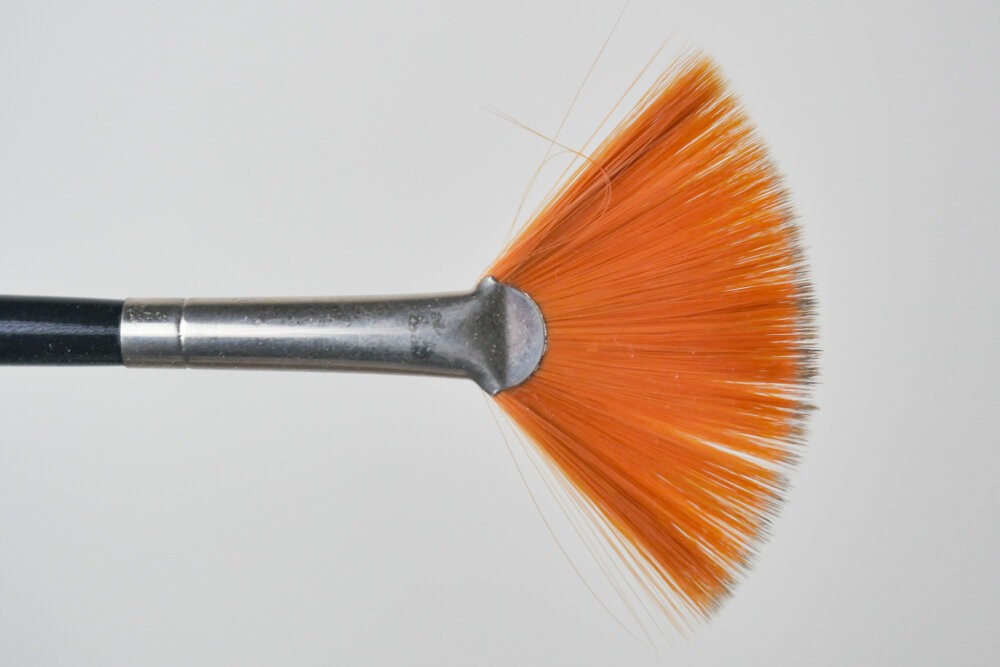
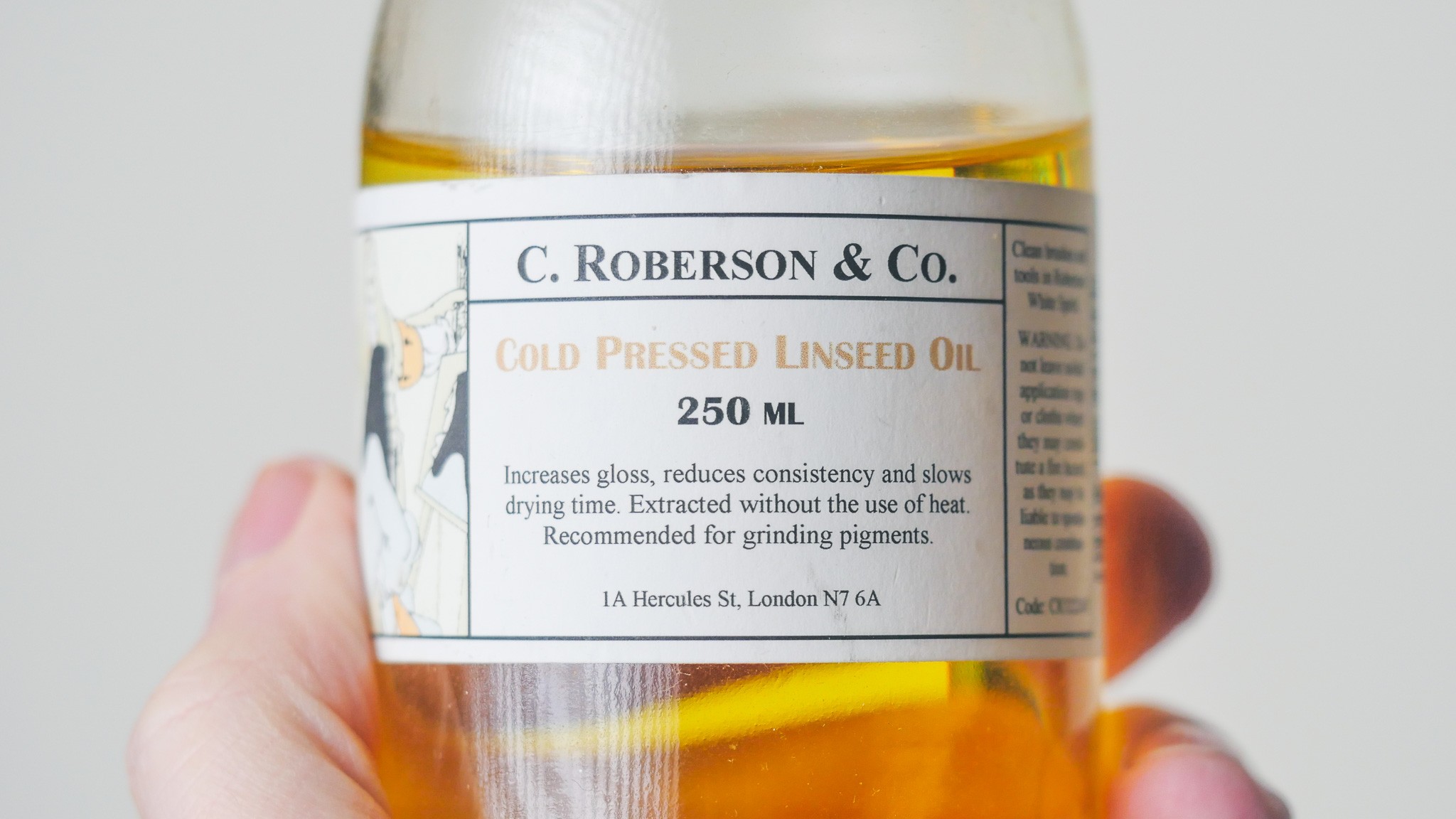
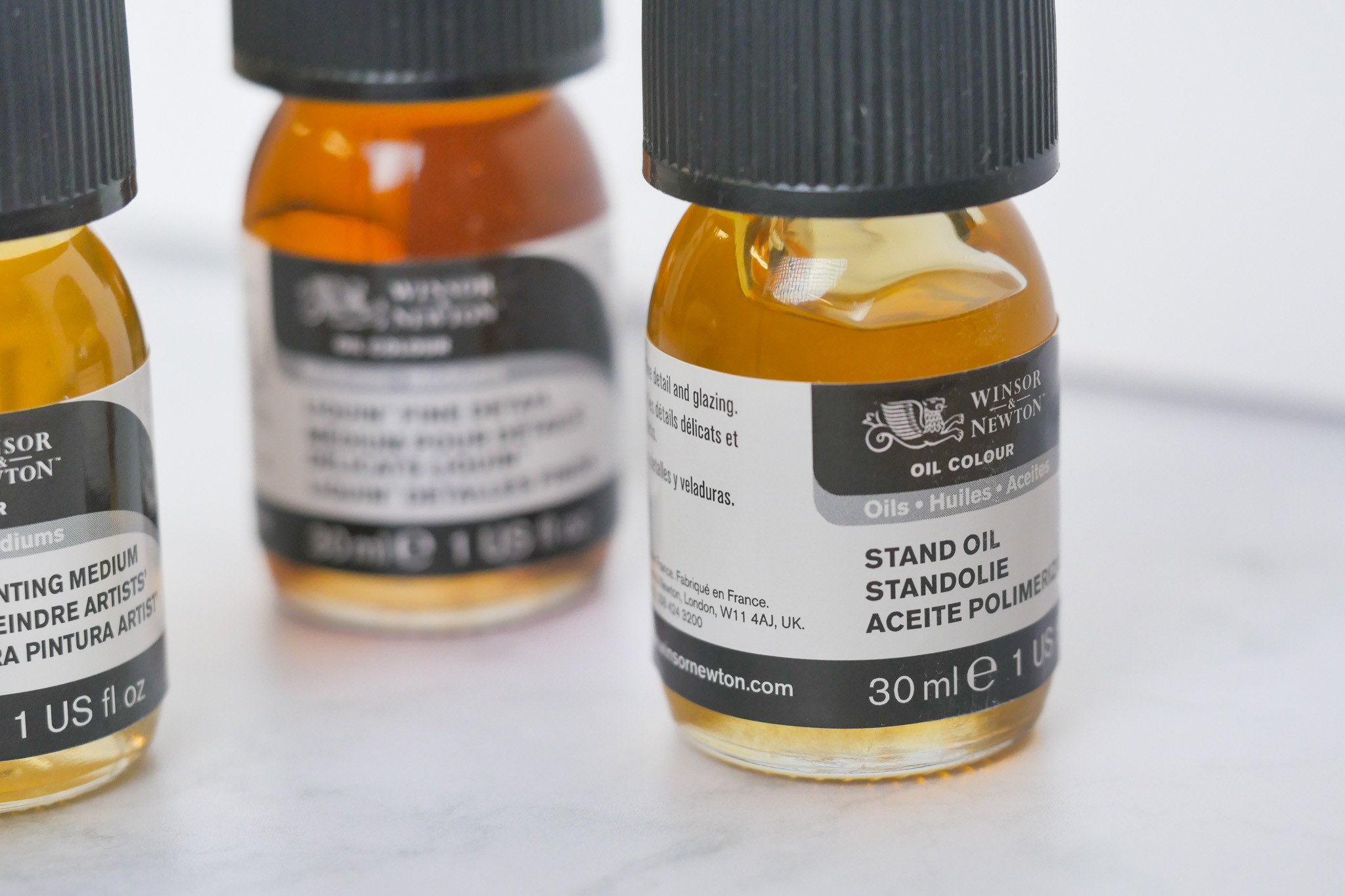
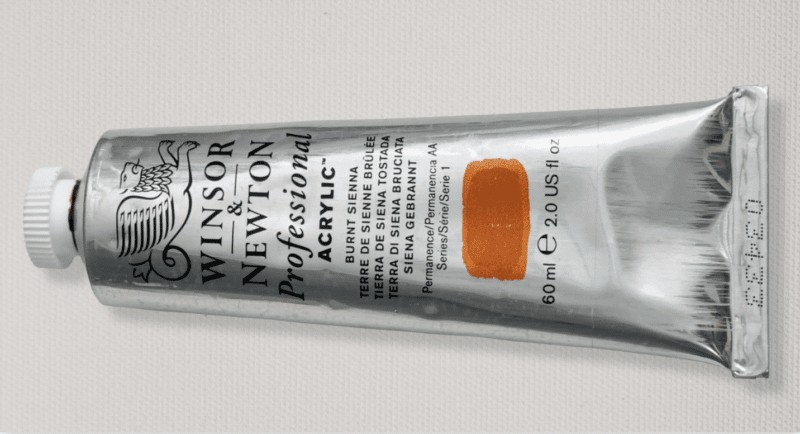
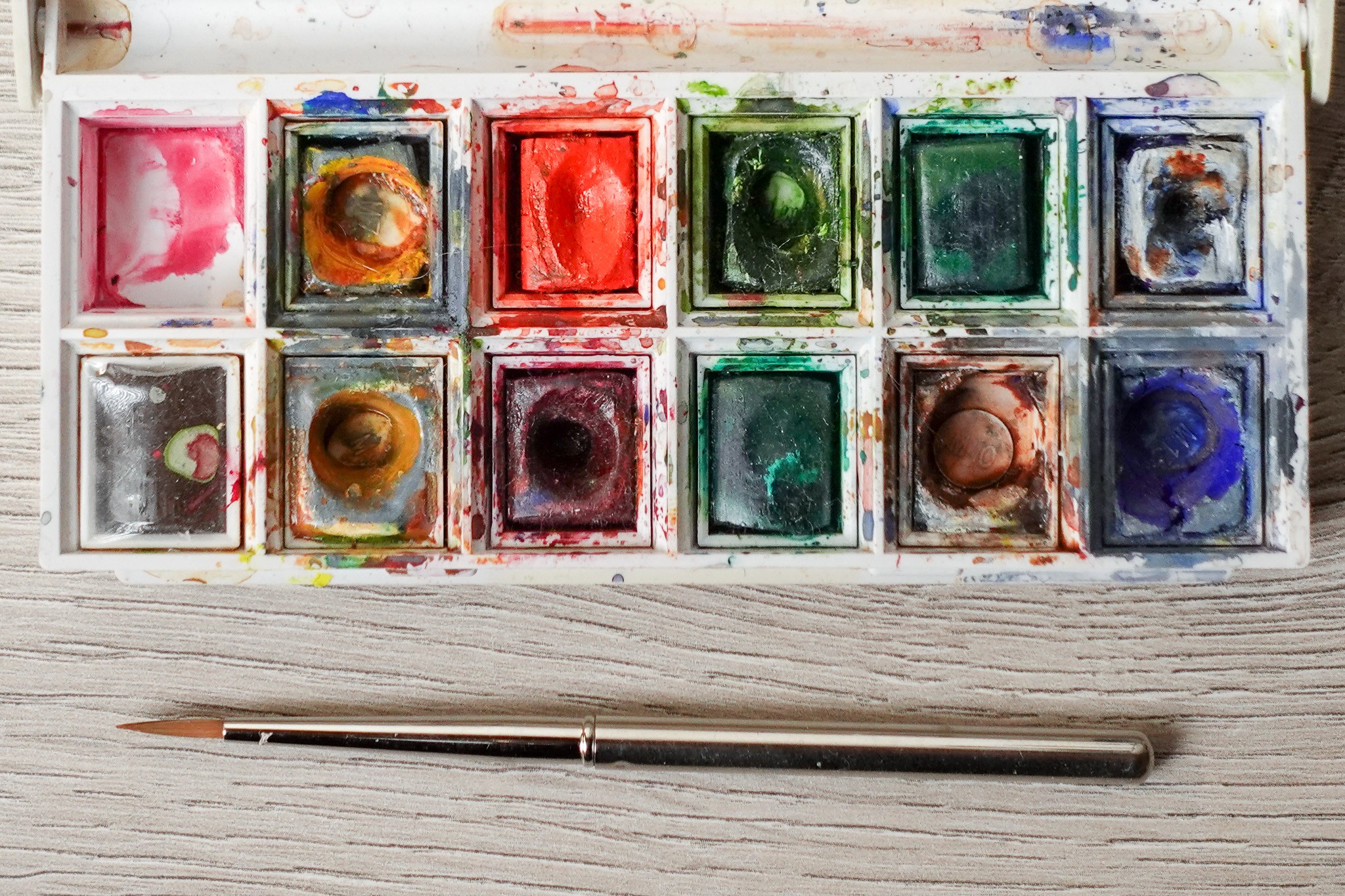
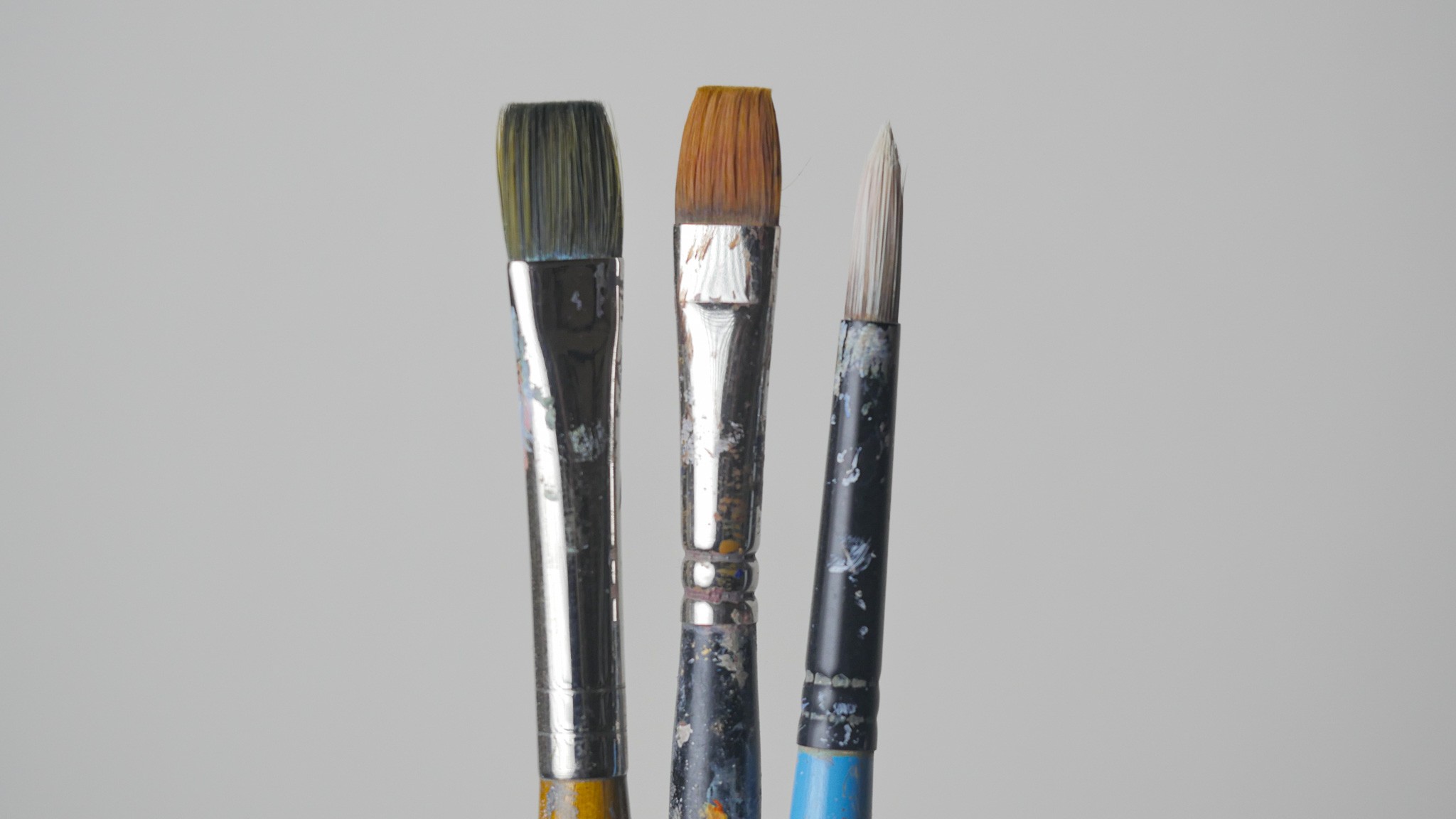
3.2. Acrylic Painting Materials:
| Material | Description |
|---|---|
| Acrylic Paints | A range of colors, starting with a basic set |
| Brushes | A variety of shapes and sizes, including round, flat, and filbert brushes |
| Palette | A surface for mixing paints, such as a plastic palette or a wet palette |
| Canvas or Board | A surface for painting, such as canvas, paper, or wood |
| Mediums | Glazing liquid gloss, retarder, or soft gel gloss for extending drying time and enhancing flow |
| Water Container | For cleaning brushes |
| Rags or Paper Towels | For cleaning brushes and wiping up spills |
3.3. Watercolor Painting Materials:
| Material | Description |
|---|---|
| Watercolor Paints | A set of pans or tubes, starting with a basic range of colors |
| Brushes | A variety of shapes and sizes, including round, mop, and flat brushes |
| Watercolor Paper | High-quality paper designed to absorb water and prevent buckling |
| Palette | A surface for mixing paints, such as a plastic palette or a ceramic dish |
| Water Container | For cleaning brushes and diluting paints |
| Masking Tape | For securing paper to a board and creating clean edges |
| Sponge | For lifting paint and creating textures |
| Rags or Paper Towels | For cleaning brushes and wiping up spills |
4. Setting Up Your Painting Workspace
Creating a dedicated painting workspace can enhance your creative experience and productivity. Here are some tips for setting up your home studio:
4.1. Light and Ventilation:
Ensure adequate natural or artificial light. LED bulbs or panels are ideal for providing consistent illumination. Good ventilation is essential, especially when working with oil paints and solvents.
4.2. Easel or Table:
Use an easel or a slightly angled board to support your canvas or paper. This allows for a comfortable painting posture and prevents glare.
4.3. Storage:
Organize your materials in a way that is easily accessible. Use containers, drawers, or shelves to store paints, brushes, and other supplies.
4.4. Cleanup:
Keep a kitchen roll or rags handy for cleaning up spills and messes. Use a metal trash can for disposing of rags used with oil paints to prevent fire hazards.
5. Fundamental Painting Techniques for Beginners
Mastering fundamental painting techniques is essential for building a solid foundation in art. Here are some key techniques to focus on:
5.1. Value and Contrast:
Value refers to the lightness or darkness of a color. Learning to create contrast between light and dark areas is crucial for creating depth and visual interest in your paintings. Practice working with black and white to develop your understanding of value.
5.2. Color Mixing:
Understanding color theory and practicing color mixing is essential for creating a wide range of hues and tones. Experiment with different color combinations and learn how to achieve the desired results.
5.3. Drawing:
Drawing is the foundation of painting. Develop your drawing skills to accurately represent subjects and create well-composed paintings.
5.4. Brush Techniques:
- Blending: Creating smooth transitions between colors.
- Scumbling: Applying paint in a broken, textured manner.
- Dry Brushing: Using a dry brush to create textured effects.
- Layering: Applying thin layers of paint to build up color and depth.
- Impasto: Applying thick layers of paint to create a textured surface.
- Variated Wash: Achieving a smooth, even application of watercolor.
- Wet into Wet: Applying watercolor to a wet surface to create soft, diffused effects.
- Lifting: Removing watercolor paint to create highlights or textures.
6. Choosing Your Subject Matter
Selecting a subject matter that inspires you is crucial for maintaining motivation and enjoyment in your painting journey.
6.1. Simple Subjects and Compositions:
Start with simple subjects and compositions, such as still life arrangements or landscapes. As you gain confidence, you can tackle more complex scenes or ideas.
6.2. Copying and Learning:
Copying the works of master artists is a valuable way to learn fundamental techniques and develop your understanding of paint handling. Don’t be afraid to emulate the styles of artists you admire.
6.3. Personal Expression:
While copying is a valuable learning tool, it’s important to incorporate your own personal expression into your work. Experiment with different styles, colors, and techniques to develop your unique artistic voice.
7. Intention of Searches
Here are 5 search intentions related to “can you learn to paint”:
- Learning Resources: Users want to find resources, tutorials, courses, or guides that can teach them how to paint.
- Beginner Information: People want to know if painting is accessible for beginners and what the basic steps are to get started.
- Skill Assessment: Users are seeking to determine if they have the potential or aptitude to learn painting and whether it is worth pursuing.
- Medium Comparison: Individuals are comparing different painting mediums (oil, acrylic, watercolor) to decide which is the easiest or best for beginners.
- Inspiration and Motivation: People are looking for success stories or evidence that others have learned to paint successfully, to boost their confidence and motivation.
8. LEARNS.EDU.VN: Your Gateway to Artistic Mastery
At LEARNS.EDU.VN, we believe that everyone has the potential to learn to paint. Our comprehensive resources and expert guidance provide aspiring artists with the tools and knowledge they need to unlock their creative potential.
8.1. Online Courses:
Our online painting courses cover a wide range of mediums, techniques, and subjects. Whether you’re a complete beginner or an experienced artist looking to refine your skills, we have a course for you.
- Beginners Acrylic Painting Course: Provides a comprehensive overview of acrylic painting techniques, including still life, seascape, and landscape projects.
- Modern Still Life: A focused project using a limited palette of colors and brushes, perfect for beginners.
- Venice, Light & The Landscape Course
8.2. Expert Instruction:
Our instructors are experienced artists and educators who are passionate about sharing their knowledge and skills. They provide personalized feedback and guidance to help you achieve your artistic goals.
8.3. Supportive Community:
Join our vibrant online community of artists and share your work, ask questions, and connect with fellow creatives. Our community provides a supportive and encouraging environment for learning and growth.
9. Inspiring Examples and Success Stories
Countless individuals have successfully learned to paint, transforming their lives and enriching their experiences. Their stories serve as a testament to the power of dedication, perseverance, and the right guidance.
Visit our Student Success Pages to see examples of how students following the same image with the same colors can express their character and natural style. It’s almost like having your own handwriting but with painting!
10. Frequently Asked Questions (FAQ)
Here are some frequently asked questions about learning to paint:
-
Is it possible to learn to paint if I have no prior experience?
Yes, painting is a skill that can be learned by anyone with the right guidance and practice. -
What is the best medium for beginners?
Acrylic paints are a popular choice for beginners due to their versatility, fast drying time, and water-based nature. -
How much time should I dedicate to practicing painting?
Consistency is key. Aim to practice for at least 30 minutes to an hour several times a week. -
What are some common mistakes beginners make?
Common mistakes include using too much paint, not paying attention to value, and not practicing drawing skills. -
How can I stay motivated while learning to paint?
Set realistic goals, find a supportive community, and focus on enjoying the process. -
What resources are available for learning to paint online?
LEARNS.EDU.VN offers a variety of online painting courses, tutorials, and resources for artists of all levels. -
Do I need to invest in expensive materials to start painting?
No, you can start with a basic set of affordable materials and gradually upgrade as you progress. -
How can I find my own artistic style?
Experiment with different techniques, mediums, and subjects to discover what resonates with you. -
Is it ever too late to learn to paint?
No, it’s never too late to pursue your artistic passions. -
How can I improve my painting skills?
Practice regularly, seek feedback from experienced artists, and continue learning new techniques.
11. Unleash Your Inner Artist with LEARNS.EDU.VN
Ready to embark on your painting journey? Visit LEARNS.EDU.VN today and discover a world of artistic possibilities. Our comprehensive resources, expert instruction, and supportive community will empower you to unlock your creative potential and express yourself through the art of painting.
Contact us today to learn more about our courses and programs:
Address: 123 Education Way, Learnville, CA 90210, United States
Whatsapp: +1 555-555-1212
Website: LEARNS.EDU.VN
Don’t let self-doubt hold you back. Can you learn to paint? Absolutely! With learns.edu.vn, you can transform your artistic dreams into reality.